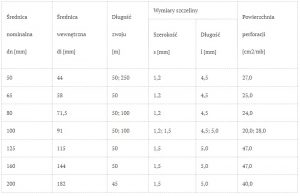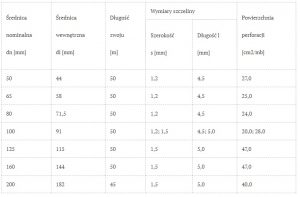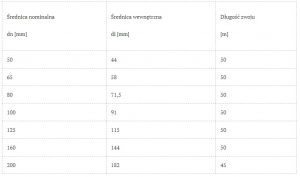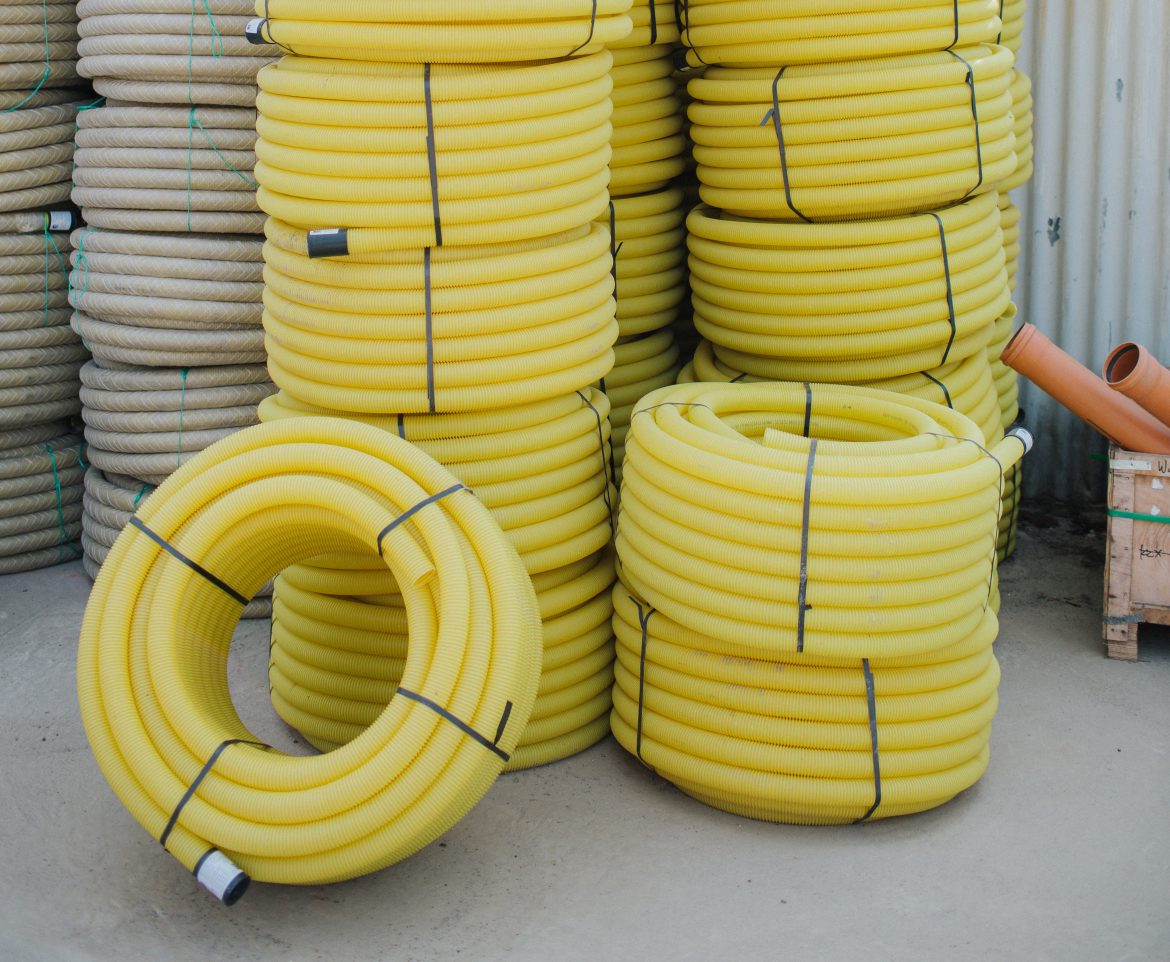Drenaż to bardzo istotna instalacja znajdująca się na zewnątrz domu i w ogrodzie – to sposób na ich odwodnienie. To niewątpliwie skuteczne rozwiązanie, aby zapobiec nadmiernej wilgoci w domu i zalewaniu piwnic. W przypadku domów jednorodzinnych wolnostojących zwykle stosuje się drenaż opaskowy. W przypadku ogrodu zapobiega gromadzeniu się wody w obniżeniach terenu, powstawaniu kałuż, zawilgoceniu i zabagnieniu ogrodu. Podstawowym elementem każdego drenażu są rury drenarskie, które zbierają wodę, a następnie łączą przydomowy drenaż z rurociągiem kanalizacji deszczowej.
Rodzaje rur drenarskich
Rury drenarskie mają zastosowanie do odwadniania gruntu, dlatego zapobiegają zawilgoceniu
i zalewaniu piwnic oraz zabagnieniu ogrodów. Podstawowy podział rur drenażowych z ich zastosowaniem wygląda następująco:
- z otworami – używane są do rozsączania wody z rynien w przypadku, gdy poprowadzone są pod trawnikiem, pomiędzy korzeniami roślin w ogrodzie lub do ściągania wody z gruntu do zbiorników, lub studzienek,
- bez otworów – stosuje się je do odprowadzania wody do zbiorników, studzienek, kanalizacji deszczowej.
Rury z otworami
Rury z otworami mogą mieć różną ilość otworów w poszczególnych perforacjach, a ponadto mogą występować rury drenażowe z otworami:
- bez oplotu,
- w oplocie, który chroni rurę przed zamulaniem.Dodatkowo, wyróżniamy kilka rodzajów oplotów – filtrów do rur drenażowych:
- oplot z PP (polipropylenu),
- filtr z geowłókniny (geosyntetyku, wykonanego z włókien PP połączonych mechanicznie),
- dodatkowo z włókien kokosowych.
Zastosowanie rur drenarskich
Wybór oplotu w rurze drenarskiej zależy od rodzaju gleby – przepuszczalności gruntu. Rury z oplotem z PP stosuje się w przypadku iłów i glin. Polipropylen jest materiałem wytrzymałym, dlatego nie ulega biodegradacji. Ponadto skutecznie ściąga wodę z gruntu i zapobiega zamuleniu rury. Do gruntów zbudowanych z lżejszych gleb najlepszym rozwiązaniem jest rura drenarska z filtrem z geowłókniny. W przypadku lżejszych gleb można również zastosować rury drenażowe bez oplotu. Jednak wówczas będziemy musieli obsypać rurę żwirem, który pełni rolę naturalnego filtra – chroni przed zamulaniem i dzięki temu zwiększa skuteczność działania drenażu.
Owiń rurę sam
Ale i tak, najlepszym rozwiązaniem dla wszystkich, którzy chcą zaoszczędzić i mają zamiłowanie do majsterkowania, prowadzenia robótek ręcznych, jest własnoręczne owinięcie rury geowłókniną poliestrową z rolki.

Rys.1. Przekrój przez przydomowy system drenarski.
Średnice i wymiary rur drenarskich
Godne uwagi są cechy rur drenarskich, ze względu na swoje ustandaryzowane wymiary. Dlatego średnice sprawiają, że poszczególne elementy systemów drenażowych są ze sobą kompatybilne. Wymiary te dotyczą przede wszystkim studzienek rewizyjnych, rur trzonowych, jak i rur poziomych, ale i wszelkiego rodzaju kształtek, złączek, kolan itp. Poniższe tabele przedstawiają podział rur drenarskich ze względu na rozmiar.



Wnioskując, aby dobrać odpowiedni rodzaj rur drenarskich, powinniśmy wziąć pod uwagę rodzaj gruntu, jaki zamierzamy odwadniać. Przy układaniu drenażu nie możemy także zapominać o właściwym doborze średnicy rur – tak, aby poszczególne elementy systemu były ze sobą kompatybilne. Połączenie rur układanych poziomo, a także rur poziomych z rurami trzonowymi i studzienkami rewizyjnymi umożliwiają kształtki, złączki, kolana.

2 komentarze
Witam,
Czy można używać rur drenarskich na podwórku gdzie jezdzie się samochodem ?
Jest ona wytrzymała ?
Dziękuję
Witali Paciórkowski.
Dzień dobry. Niestety rury drenarskie nie nadają się. Przejścia pod podjazdami powinno się realizować rurami kanalizacyjnymi ze ścianką litą SN8. Zapraszamy do zapoznania się z naszą ofertą.